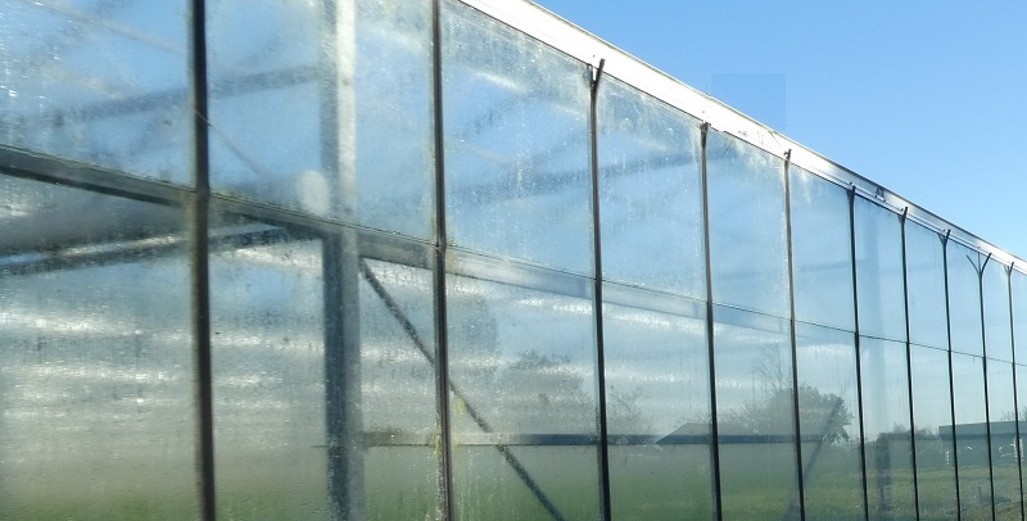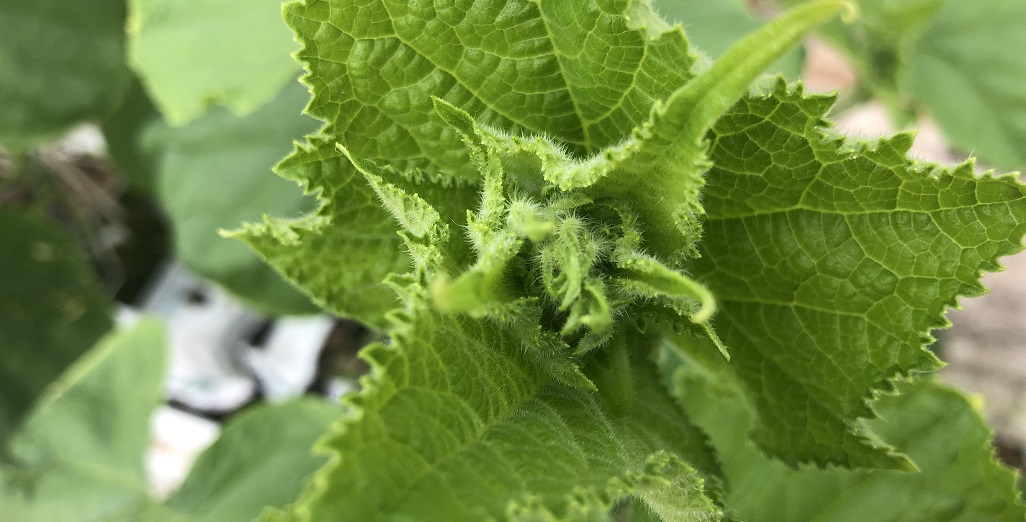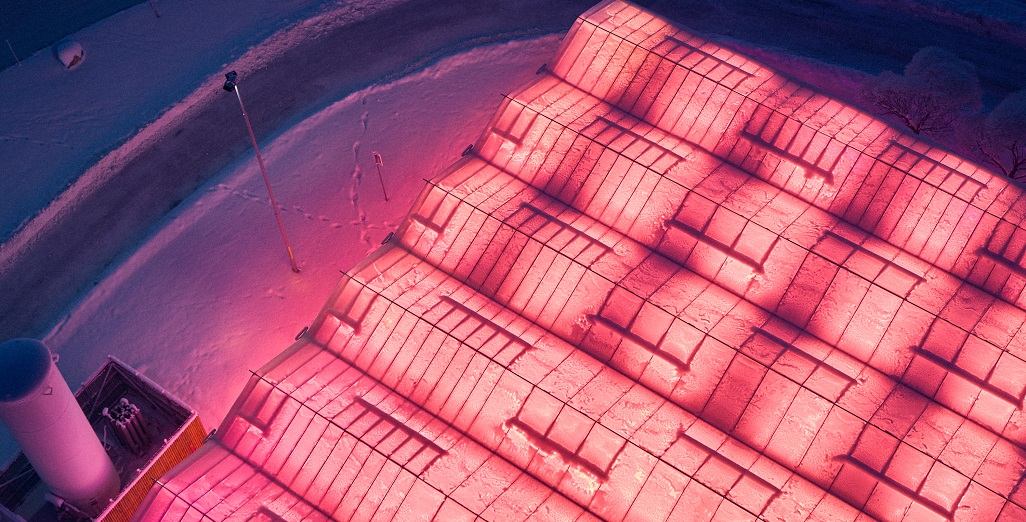Sign up here to subscribe to the Grower2grower Ezine. Every two weeks you will receive new articles, specific to the protected cropping industry, informing you of industry news and events straight to your inbox.
Jul 2018
Technical: Anti-Condensation Coatings RE-VISITED

How much more light transmission could we have by reducing condensation?
July last year I posted the article below. Yesterday (21st of January) I was reminded how much condensation will prevent natural light penetration. There are currently many crops being replaced and greenhouses cleaned ready to be replanted for the winter, this is the ideal time to re-read this article and for you to consider applying anti-condensation coatings in preparation for the Winter.
During the HFF Horticulture conference figures were presented regarding the potential increase in light transmitted through a greenhouse by reducing condensation on the glass. Condensation could be attributed to an average loss of 9% of light. This is an astounding amount, especially considering how many mature crops we grow in New Zealand though the winter period. An additional 9% of light is comparable to gold dust for greenhouse growers during the Winter.
If we estimate an increase of light transmission by only 5% for 8 months of the year, there would be positive financial implications. Comparisons using historical crop data and future crop data using coatings is the only way to 100% confirm the benefits of using anti-condensation products. Until we actually collect this data we have to trust in the information supplied by independent trials. The following is an extract from information supplied by Wageningen University, followed by two more articles’ extracts and links.
Research by Wageningen UR* shows that the average loss can reach 9%! Therefore, by allowing the condensation layer on the inside of the greenhouse roof to flow away, a large increase in light transmission can be achieved.
New films can have an anti-condensation coating applied in the factory. This coating will last about two production seasons. Films with no (longer) anti-condensation properties can be treated with the AntiCondens coating produced by Mardenkro. This coating has been developed to treat existing films or polycarbonate panels with an anti-condensation layer and it can easily be applied to the inside of the greenhouse. The optimal result is achieved by lightly misting the film or polycarbonate panels and allowing it to dry well. AntiCondens should always be applied well before the condensation season begins. The coating is water-based and safe to use.
* Condensation on the greenhouse roof; C. Stanghellini, V. Mohammadkhani, M.A. Bruins, S. Hemming, P. Sonneveld, G.J. Swinkels – 2010
https://www.redusystems.com/en/innovation/loss-of-light-through-condensation/
Other articles written expertly by the team at Mardenkro will supply you with excellent advice. I recommend the following links:
Spreading condensation = light gain
During cold periods, glass is often constantly wet on the inside. This condensation impedes light incidence by 5 to 8%. The solution is simple: AntiCondens. This coating operates as a spreader and creates a finely spread out water film on the glass instead of large drops. Large drops impede the incidence of light, while a water film enables better transmission. The application of AntiCondens this way significantly contributes to a better light transmission during low-light months. Because light is a limiting factor, better light incidence automatically translates into better production.
Anti-condensation coating for glass
An anti-condensation coating for film has already been on the market for some time but in some instances, this does not meet requirements for application on glass. It is for this reason that an anti-condensation coating has been developed for use on glass. An anti-condensation coating causes the surface on which the moisture condenses to become hydrophilic so the moisture cannot collect on the glass as droplets or thick lines, instead it spreads out evenly to form a thin layer of water. The advantage of this is that it increases the light transmission through the greenhouse covering, such as glass or plastic film. The light transmission gain that is attainable when there is an even layer of condensation can be up to 9% more than with condensation droplets.
Read more click: https://www.redusystems.com/en/innovation/anti-condensation-coating-for-glass-en/
The research is compelling, I would be very interested in using anti-condensation products and I recommend you investigate the advantages. It is important to note that this product should be applied at a specific time of the year. I would like to thank Barry Zuidgeest, Commercial Manager, Mardenkro, for allowing me to link and publish information from Mardenkro in this article. For more information on this and other products please go to the link provided below.
Mardenkro B.V.
Geerstraat 8
P.O. Box 280
5110 AG Baarle-Nassau
The Netherlands
I appreciate your comments. Please feel free to comment below or on the grower2grower Facebook page:
https://www.facebook.com/StefanGrower2grower/
Article compiled by Stefan Vogrincic, Consultant, Grower2Grower
CLASSIFIED
Subscribe to our E-Zine
More
From This Category



High-tech spy gear to uncover the secrets of Bumble bees in Tasmania

Cherry Production in New Zealand – Mike Nichols































